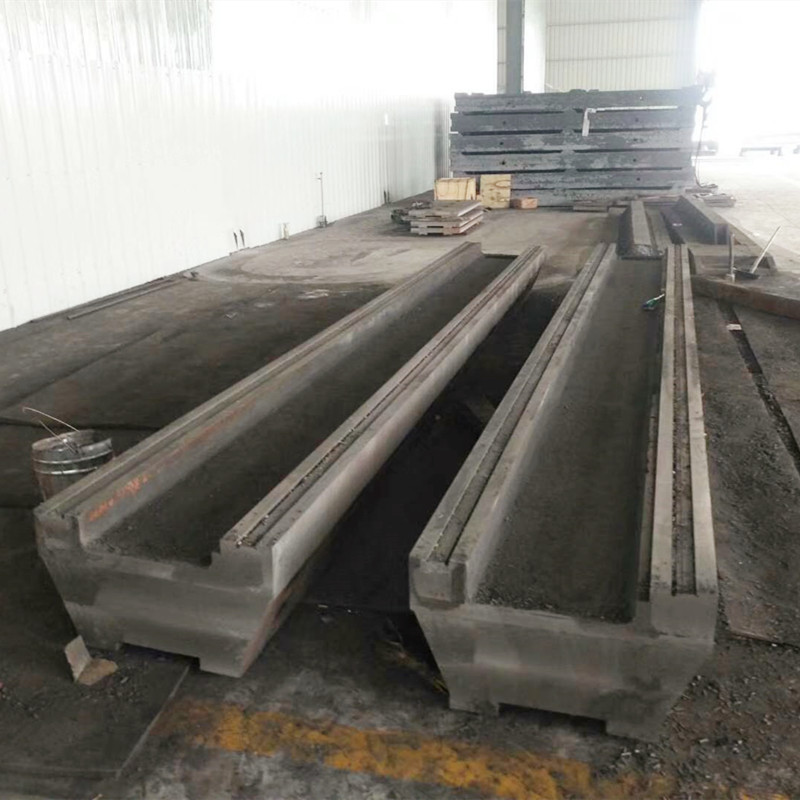Окт . 13, 2024 00:48 Back to list
Understanding the Functionality of Valve Gate Valves in Industrial Applications
Understanding Valve Gate Valves A Comprehensive Overview
In the world of fluid control systems, the valve gate valve plays a crucial role in regulating the flow of liquids and gases. With applications spanning various industries, including oil and gas, water treatment, and chemical manufacturing, understanding the mechanics and functionalities of valve gate valves becomes essential for engineers and technicians alike.
What is a Valve Gate Valve?
A valve gate valve, often simply referred to as a gate valve, is a type of valve that opens by lifting a rectangular or circular gate out of the path of the fluid. Unlike ball valves or butterfly valves, gate valves are primarily used in on/off applications and are not designed for throttling purposes. Their primary function is to either allow or prevent the flow of a medium.
The construction of a gate valve typically includes a body, a gate (or wedge), and a bonnets. The design allows for minimal resistance to the flow when fully open, making them highly efficient for high-flow applications. Their ability to create a tight seal means they are ideal for isolation purposes, preventing leakage when closed.
Types of Valve Gate Valves
There are primarily two types of gate valves rising stem and non-rising stem valves.
1. Rising Stem Gate Valves In these valves, the stem is attached to the gate and rises out of the valve body when opened. This design makes it easy to see whether the valve is open or closed, providing a visual indication of the position of the gate.
2. Non-Rising Stem Gate Valves These valves do not have a rising stem. Instead, the stem rotates to operate the gate up and down. This design is beneficial in applications where space is limited, as the stem remains stationary during operation.
Advantages of Valve Gate Valves
One of the main advantages of gate valves is their ability to provide a straight-through flow path, minimizing pressure drop and turbulence. This feature is especially valuable in large-diameter piping systems, where maintaining flow efficiency is crucial.
valve gate valve

Moreover, gate valves can handle a variety of fluids, including slurries and gases, making them highly versatile in various applications. Their robust design allows them to withstand significant pressure and temperature variations, making them suitable for demanding environments.
Another important benefit is their longevity. When maintained properly, gate valves can function effectively for many years, providing excellent cost-effectiveness over time. The materials used in their construction, such as stainless steel, bronze, or plastic, can be selected based on the specific application to enhance durability.
Applications of Valve Gate Valves
The applications for gate valves are broad and varied. They are widely used in
- Water Supply Systems Gate valves are commonplace in municipal water supply systems, where they control the flow of water from reservoirs or treatment plants to distribution systems.
- Oil and Gas Industry In this industry, gate valves are used in pipeline systems to isolate sections of the pipeline for maintenance or safety purposes.
- Power Plants Gate valves are employed in cooling water systems, steam generation, and various other process applications within power generation facilities.
- Chemical Processing They are used to manage the flow of aggressive chemicals, providing a reliable shut-off valve in critical process systems.
Conclusion
In summary, valve gate valves serve as an essential component in the control of fluid flow across numerous industries. Their unique design, which promotes efficiency and reliability, makes them a preferred choice in applications requiring significant isolation capabilities. As technology advances, innovations and improvements in valve design will continue to enhance their performance and adaptability in various harsh environments. For engineers and operational staff, understanding the mechanics and appropriate applications of gate valves is crucial for optimizing fluid control processes, ensuring safety, and enhancing overall system efficiency. Therefore, when selecting a valve for a specific application, considering the characteristics and benefits of valve gate valves can lead to better decision-making and improved operational outcomes.
-
Why Metric Trapezoidal Thread is Ideal for Precision Motion ControlNewsAug.05,2025
-
The Unique Properties of a Block of Granite for Industrial UseNewsAug.05,2025
-
The Role of Flanged Y Strainers in Preventing Pipeline ClogsNewsAug.05,2025
-
The Importance of Regular Calibration for Master Ring GagesNewsAug.05,2025
-
How a Cast Iron Surface Table Enhances Accuracy in ManufacturingNewsAug.05,2025
-
Comparing Different Check Valve Types for Optimal Flow ControlNewsAug.05,2025
Related PRODUCTS









